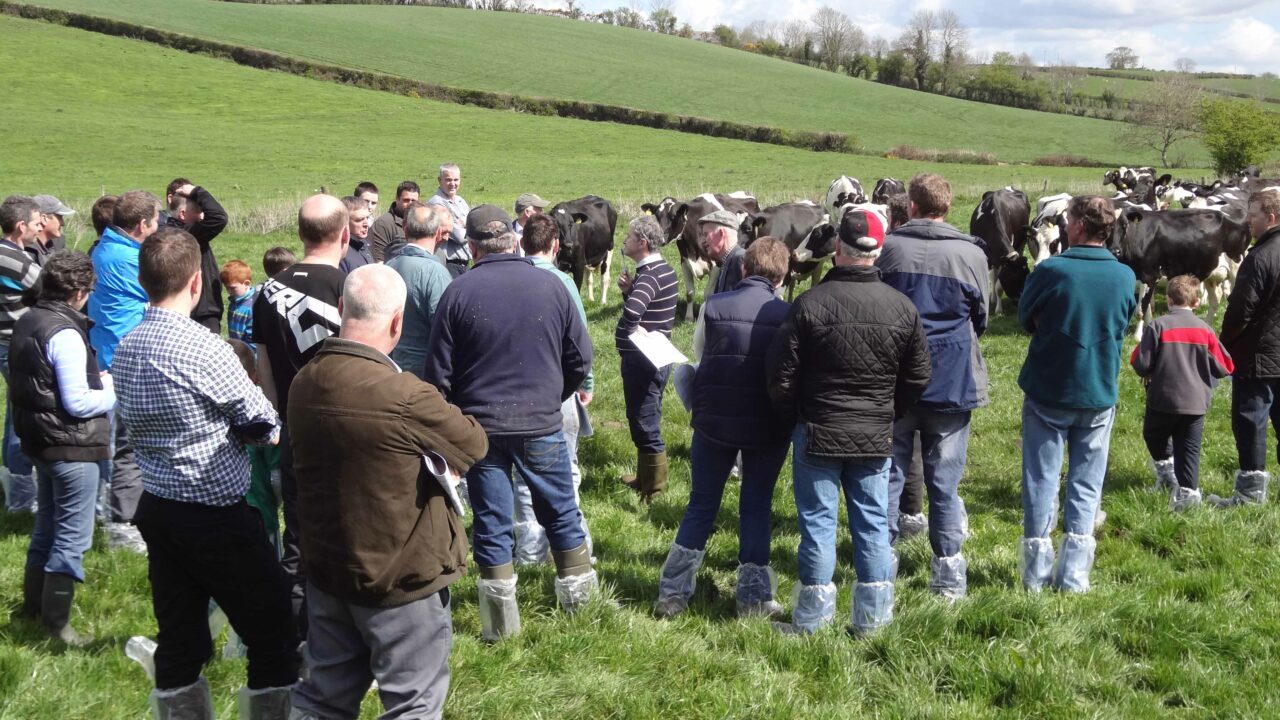Potassium (K) levels in forages fed to dry cows are under the spotlight, according to the latest management notes from Michael Garvey of College of Agriculture, Food and Rural Enterprise (CAFRE).
“This leads to an increase in milk fever, retained placentas, more uterine infections and poor milk yields. A dry cow fed ‘average silage’ only during the dry period consumes a potash level in the diet well above the recommended level.”
Garvey argues why not grow low potassium silage specifically for your dry cows? He said: “Bale silage suits dry cows. It takes seven hectares to produce enough bales to feed 100 cows for the last four weeks of the dry period. It may be easier for this type of silage to be made by contract on a beef farm where soil potash indexes may be lower.”
Low potash fields should have no slurry applied. An application of 375 kg per hectare (three bags per acre) of CAN fertilizer can grow low potash silage for dry cows. As potash levels fall with increasing stem development, leave grass until early August before cutting. Do not allow the dry matter to rise above 35 per cent before baling to avoid any dangers from mould growth or mycotoxins. Store bales specifically for dry cows separately.”
